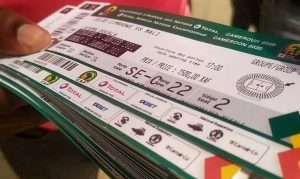
ذكرت مصادر محلية، أن المحكمة الابتدائية بأكادير، أرجأت النظر في قضية تتعلق بالتجمهر غير المرخص وإهانة الضابطة القضائية لدرك تغازوت والسلطات المحلية والإقليمية، إلى غاية الرابع من شهر نونبر؛ وهي القضية التي يُتابع فيها، في حالة اعتقال، نقابي بقطاع سيارات الأجرة بأكادير.
وكانت مصالح الدرك الملكي بتغازوت، شمال مدينة أكادير، قد رفعت دعوى قضائية ضد المشتبه فيه، على خلفية كيله لسيل من الاتهامات لمصالح الدرك والسلطات المحلية، في كلمة ألقاها في أعقاب تنفيذ وقفة احتجاجية أمام مقر درك تغازوت.
وأمرت النيابة العامة المختصة، أول أمس، بمتابعة الشخص المعني في حالة اعتقال، حيث أحالته على السجن المحلي لآيت ملول، قبل أن تقرر هيئة القضاء الجالس بابتدائية أكادير، اليوم، تأخير البتّ في القضية إلى غاية الرابع من نونبر، والاحتفاظ به رهن الاعتقال الاحتياطي.
![]()







